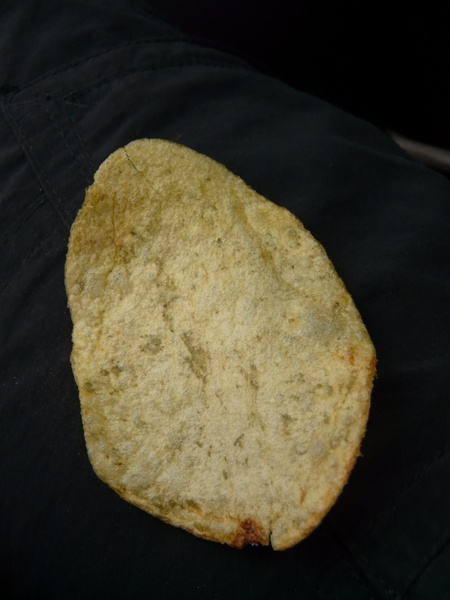

This is because, just as in human diseases, monitoring and surveillance systems are the first line of defense against the spread of plant diseases. To begin with, donors and aid-giving countries should support low- and middle-income countries to develop and adopt vital monitoring and surveillance systems. Donors, particularly in developed countries, which have access to many of these tools, must support the scaling up of essential disease monitoring and prevention systems in low- and middle-income countries.Īfter all, as we saw during the Covid-19 pandemic, preventing outbreaks anywhere is in everyone’s interests everywhere. While the spread of plant disease may be difficult to prevent, the consequences on food security and economies needn’t be. First emerging in north Mexico in the 1980s, the disease has since spread to the southwest United States, New Zealand and areas of Central America, including Honduras, and more recently Ecuador, Colombia, and Peru. Late blight remains among the most devastating diseases impacting potato production, causing losses of $10 billion around the world each year.Įlsewhere, the emergence of diseases such as purple top – a bacterial disease which can cause significant losses for potato farmers – show just how easily crop diseases can move from one region to another. Centuries-old diseases in potatoes, such as late blight, continue to pose threats through new, more resistant strains. When it comes to preparing for and preempting plant pandemics, countries can never afford to be complacent. However, further investment is needed to ensure that low- and middle-income countries – which are more likely to struggle with hunger and malnutritional challenges – are also equipped with these tools. In much the same way that governments are now looking to improve pandemic preparedness in the wake of Covid-19, countries have at their disposal a range of tools to prepare for, manage, and mitigate the threat of plant diseases spreading worldwide. Yet, just like the movement of people is intrinsically connected to the spread of diseases, this global movement of seeds and planting material makes the spread of harmful plant diseases – which can damage economies and threaten food security – all but inevitable. The movement and trade of crop seeds around the world is a thriving industry – with global seed exports growing more than 50 percent between 20 to now stand at roughly $15 billion in value.


 0 kommentar(er)
0 kommentar(er)
